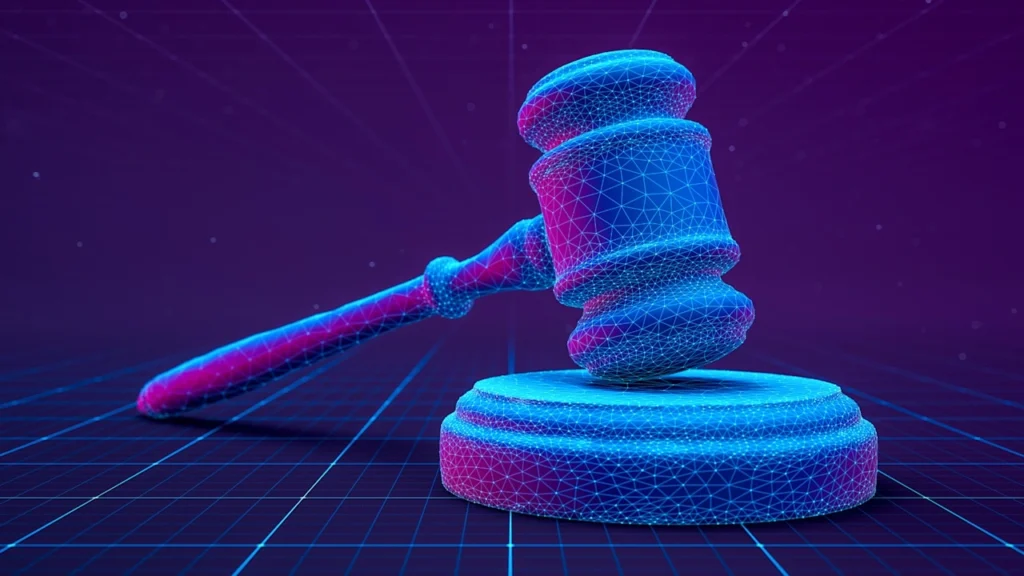
When you hear “governance,” what pops to mind? We often picture limitations or roadblocks. Yet the opposite is true, particularly with artificial intelligence. AI governance is about discovering what your organization can do.
Organizations implementing comprehensive AI governance experience measurable returns, including $840,000 in operational efficiency gains and 80% in productivity improvements.
Building out your AI roadmap requires a mindset shift. These ideas will move you from limitation to acceleration.
CLARIFY YOUR BUSINESS CONCERNS
Implementing AI governance helps you learn what your business needs. Every business has constraints, like legal obligations, privacy rules, and internal risk tolerances. Every company also has ambitions—efficiency, acceleration, or gaining a competitive advantage. Governance lets you express your boundaries and goals within a scalable system.
Don’t think of it as a checklist. Think of it as a steering wheel.
Before rushing to deploy the latest model, answer this: What AI technology is mature enough to be useful for us right now, and which parts of the business are ready for it?
That framing alone changes the game. Governance becomes less about saying “no” and more about learning what’s viable.
Many organizations have swiftly adopted internal-facing AI tooling, with uses for documentation, meeting summaries, and extracting key insights from reports. The risk is lower, the value is immediate, and accountability is clear.
Governance plays a different role in higher-risk domains. iCAD, a healthcare technology company using AI to help identify breast cancer, is developing end-user services. Their models score lesions and cases based on diverse global data sets. This isn’t casual experimentation; it’s AI applied with domain specificity, regulatory oversight, and extremely high reliability standards.
In both cases, governance didn’t slow things down. It helped define where AI could make an immediate impact.
ACCEPT THAT THERE’S NOT ONE MAGIC FRAMEWORK
In the early days of the internet, downloading a single JPEG took 30 minutes. Building a basic website lasted weeks. There wasn’t one standard for everything. We iterated as we went and accepted that because we knew what the web could unlock.
We’re in a similar moment with AI governance.
Right now, there’s no magic bullet. No single framework works for every company, every team, or every use case. We must understand the different dimensions of needs. A tool managing data provenance isn’t the same as one that ensures secure software runtimes.
AI governance is about intentionality. Resist the temptation to have organization-wide, looming mandates for AI usage. That suppresses the ability of individual business functions to discover what’s right for them. Sometimes, the best solution might be an outsourced, third-party AI service; that idea may be unfeasible in other scenarios. Governance at this stage is about enabling safe, domain-specific exploration.
COMMUNICATE AND OFFER TRANSPARENCY
In our report, Bridging the AI Model Governance Gap, we asked respondents what would most help improve model governance. Their top three: better-integrated tools, better visibility into model components, and team training.
The common thread between those priorities is transparency. About three in four companies have a fragmented toolchain, a set of tools to build or develop software. That’s okay—if you understand why you’re doing it. Large governance failures come from misaligned teams, not bad tools.
This misalignment can play out poorly in the real world. Air Canada had a chatbot deliver false discount information to a passenger, then refused to honor what the chatbot said. The airline claimed the chatbot was a “separate legal entity that is responsible for its own actions.” The courts disagreed, and the public trust fallout was worse than the legal ruling.
The governance around this AI lacked a shared understanding of accountability, review, and team communication. Grow that trust by bringing together the legal team, compliance, and data steward, letting them ride alongside the builders. Bring together the most open-minded people from each group to co-create and develop governance in tandem, rather than adding it afterward.
MOVE QUICKLY AND SUPPORT YOUR TEAM
The AI landscape is constantly evolving through regulatory landscapes, compliance requirements, and licensing uncertainties. A team somewhere stood up a new data pipeline while you read that last sentence.
In this environment, governance helps your teams to operate quickly without crashing through new habits, new tools, and a new level of discipline. If your teams deploy projects with significant AI coding, expect to write more monitoring, tests, and validation suites. “Does it work?” is no longer the question. Instead, ask, “Can we explain why it works, and what happens if it doesn’t?”
There’s a reason F1 race car drivers spend time strengthening their neck muscles. When that 5G turn hits, they don’t get whipsawed. It’s all in the preparation.
Part of any team’s time should be allocated to professional development. They can learn best practices, experiment, and figure out how to implement real guardrails at business and technology levels. Governance and experimentation can’t be split like a budget. Embed both at the team level.
Governance is an emerging discipline. The teams building that muscle now are laying the foundation for long-term advantage.
Peter Wang is the cofounder and chief AI and innovation officer of Anaconda.

